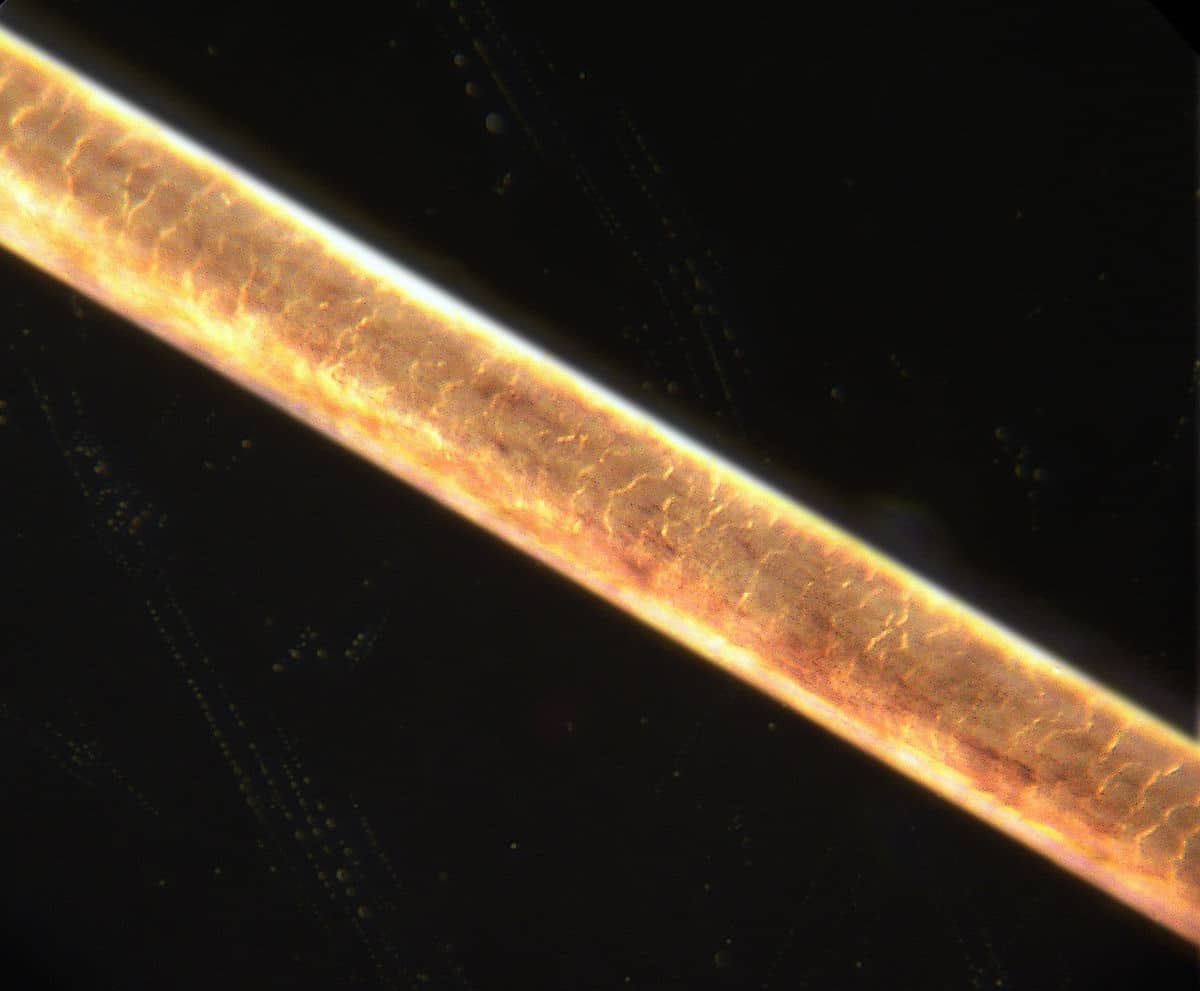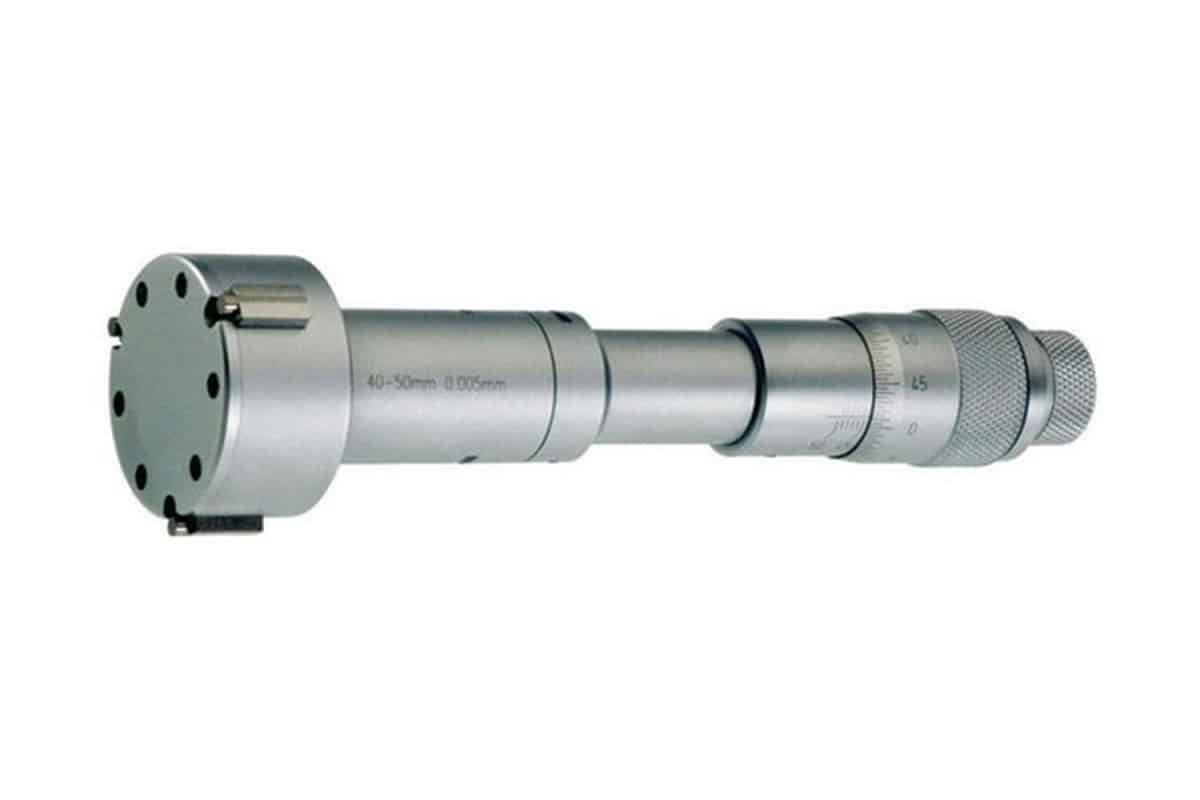
We have numerous types of distance measurements in the SI. The best known are the meter and the kilometer. However, beyond centimeter and millimeter there are units to measure smaller things. One of the most used is the micron. Many people don't know what is a micron, how much quantity it measures or what it is for.
Therefore, we are going to dedicate this article to tell you everything you need to know about what a micron is, its characteristics, how it is measured and much more.
what is a micron

A micron is a very small measurement used to measure things that are so small that they cannot be seen with the naked eye. It is also known as a micrometer and its symbol is µm. One micron is equal to one millionth of a meter. That is, if we cut a meter into a million equal parts, each of those parts would be one micron.
This measurement is used to measure things of a microscopic size, such as the size of the cells in our body or the width of a hair fiber. It is also used to measure airborne particles, such as pollen or pollutants.
To give you an idea of how small a micron is, a human hair has a diameter of between 50 and 100 microns. And to be able to see a micron you would need a very powerful microscope, since it is much smaller than the size of most cells in our bodies.
It also has other important features. For example, it is a very precise measurement and is used in fields where precision is crucial, such as the electronics industry or the manufacture of medical instruments.
How to measure a micron
To accurately measure one micron, special measuring instruments are used, such as the outside micrometer or the inside micrometer. These instruments are designed to accurately measure objects of different sizes and shapes.
The micrometer is also used in science to measure and compare the size of particles., which is very important to understand the composition of materials and how they behave in different situations. For example, scientists can use micrometers to measure the size distribution of particles in an aerosol to determine if it is hazardous to health.
types of micrometers

There are two main types of micrometers, outside and inside, both designed to measure objects of different shapes and sizes. The outside micrometer is used to measure the size of objects that have a flat surface, such as a piece of metal or plastic.. It has two legs, one fixed and one mobile, which move to measure the distance between them. Outside micrometers are very precise and are used in the manufacture of tools and machine parts, as well as for measuring the depth of holes.
On the other hand, the inside micrometer is used to measure the size of objects that have an internal surface, such as a tube or hole. This type of micrometer consists of an arm that is inserted into the object to be measured and a tip that is moved to measure the distance from the tip to the arm. Inside micrometers are very precise and are used in the manufacture of mechanical parts, such as bearings or valves.
A micrometer consists of several essential parts that allow accurate measurement of small objects. These parts are:
- Body: This is the frame of the micrometer. It usually includes a thermal insulator to avoid expansion and thus reduce measurement errors.
- Stop: It is the fixed part of the micrometer and consists of the zero point of the measurement. It is usually made of some hard material such as steel or iron to prevent wear and the starting point is always the same.
- Spindle: The moving part of the micrometer that moves to the end of the object being measured. Like plugs, the tip is often made of a hard material to prevent abrasion.
- Scale: Indicates the measuring range of the micrometer.
- Accuracy Range: Indicates the error that can occur when measuring the length.
- Lock lever: It is a rod that allows to fix the position of the spindle to avoid movement and to be able to read the measurements.
- Fixed drum: This part is also immobile. Indicates the millimeters in which the object is measured.
- mobile drum: The moving part of the micrometer attached to the spindle. Indicates hundredths and thousandths of millimeters of the measurement of the object.
- Ratchet: The part that a person turns to take a measurement. It must be turned until the spindle touches the object to be measured.
micron uses

The micron is also used in high vacuum technology, which refers to creating a very high vacuum in an enclosed space, removing as many air molecules and other gases as possible.
In this field, the micron is used to measure the amount of airborne particles that can affect a vacuum. For example, An airborne dust particle that is 10 microns or larger in size can significantly affect vacuum quality. Therefore, particle measurement instruments are used to measure the quantity and size of particles in the air.
In addition, the micron is also used to measure the size of pipes and valves in vacuum systems. Vacuum tubes are typically very small in diameter, often less than one micron, requiring high precision measurement tools to ensure that the tubes are properly sized and that there are no leaks in the system.
A sector where the micron is widely used is in creating a vacuum in meat companies. In order to keep the meat in the best condition for as long as possible, a vacuum is created to eliminate the maximum amount of air that could affect its degradation.
Examples of objects and their sizes in microns
We are going to give some examples of objects and living beings based on their size and their measurement in microns:
- Diameter of a human hair: Between 60 and 80
- Mite length: 1 to 4
- Size of the largest particles that form the fumes: 1
- Bacteria size: 0.2 to 10
- Virus size: 0.005 to 0.2
- Yeast size: 2 to 90
- Pollen size: 12 to 200
- Organic macromolecule size: 0.008 to 2
- Size of airborne particles that are retained in the external respiratory tract of a human being: Greater than 10
- Size of particles suspended in air, which reach the alveoli of a human being: Less than 1
I hope that with this information you can learn more about what a micron is and its characteristics.